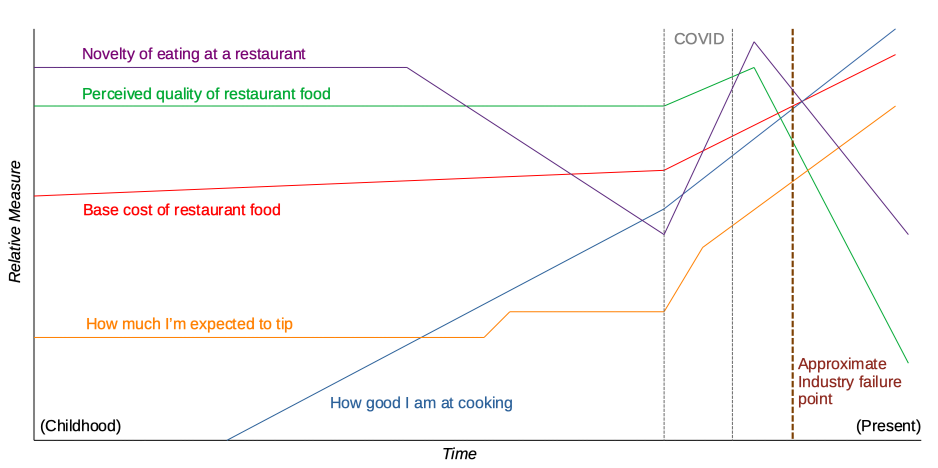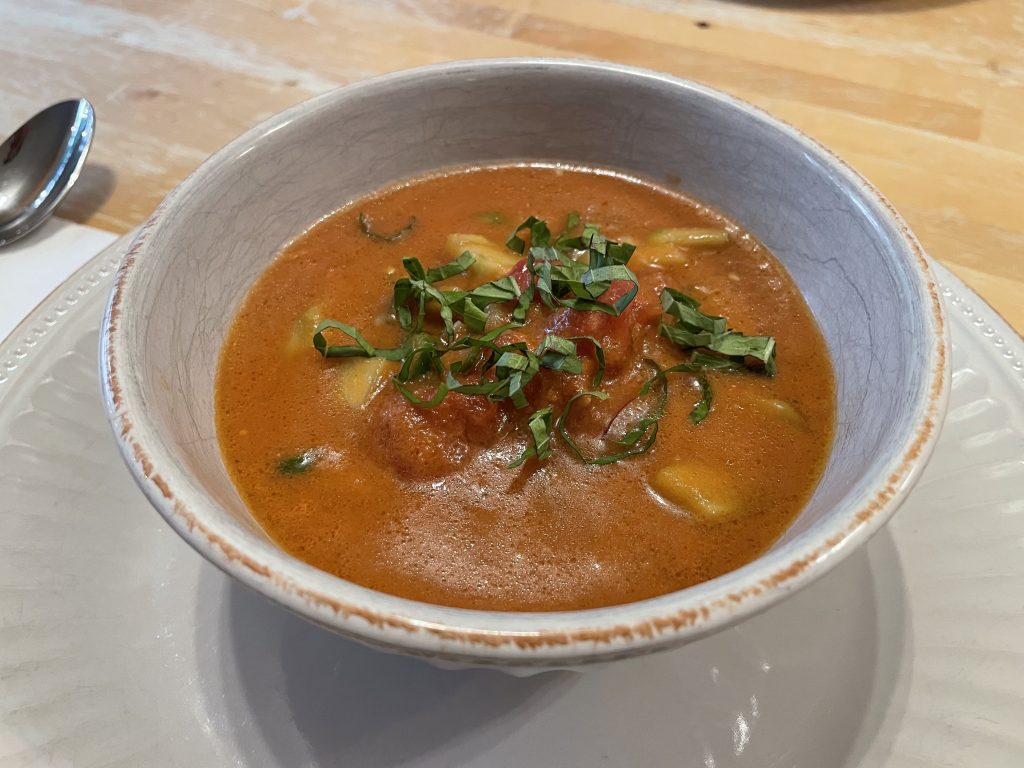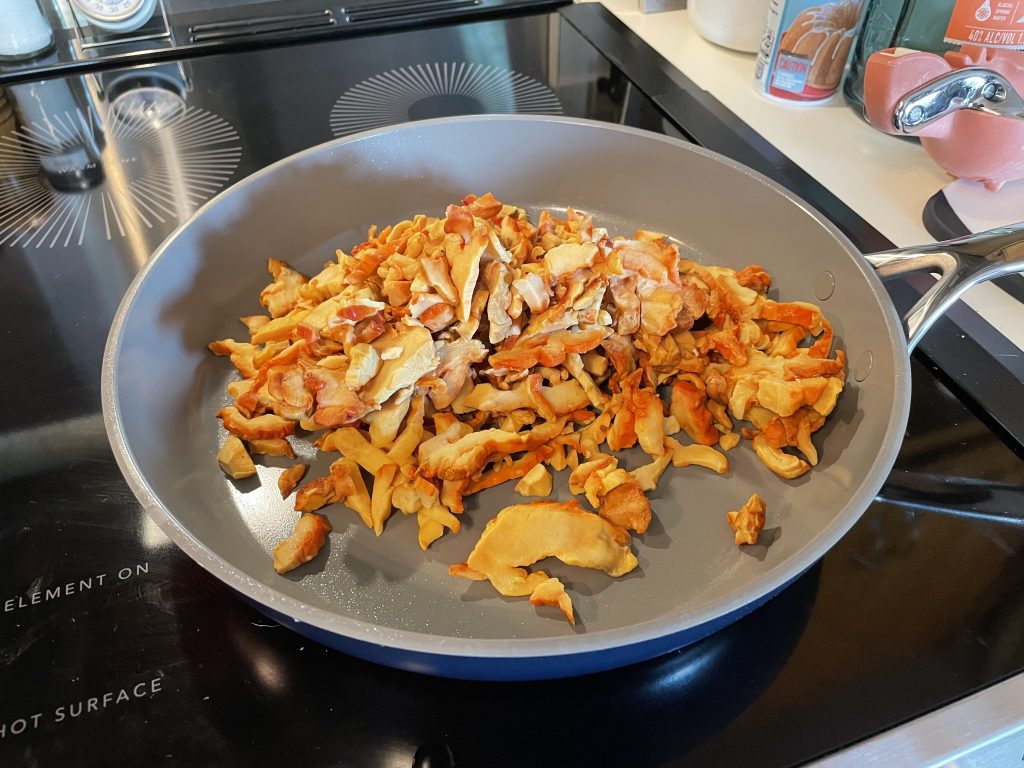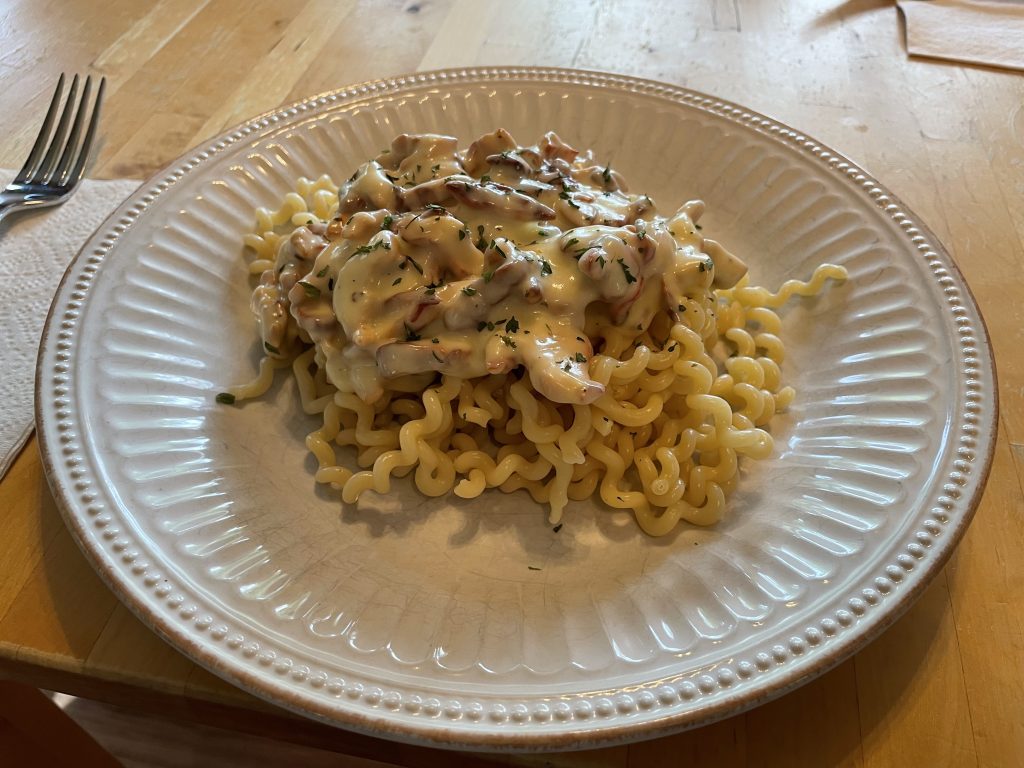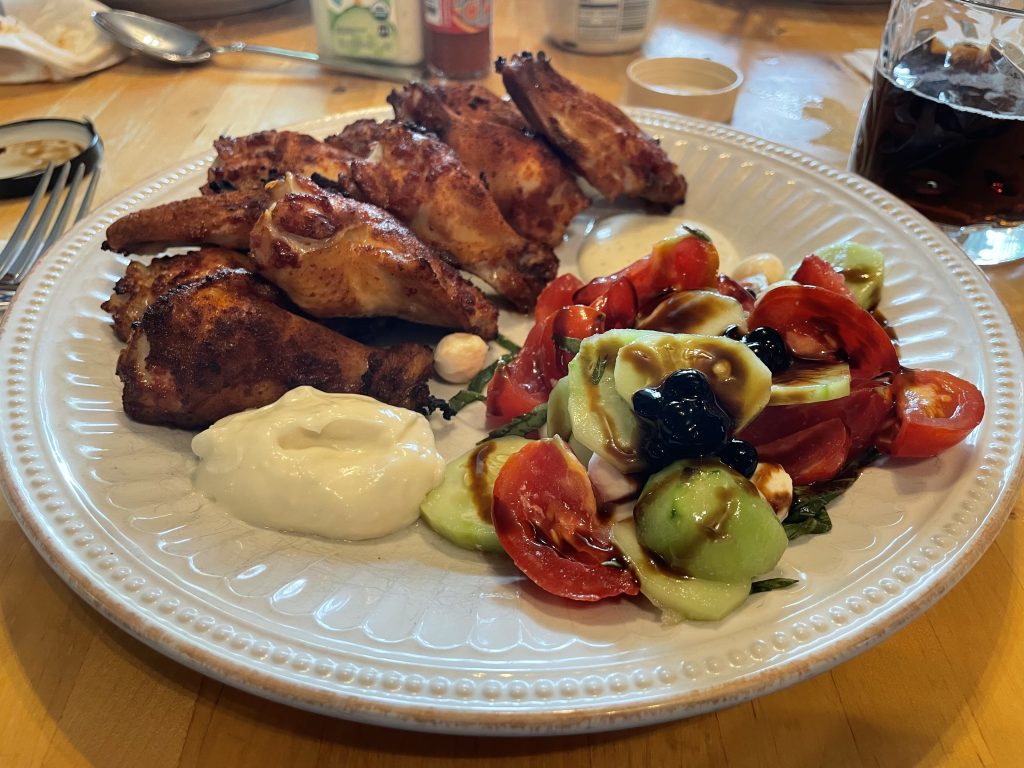Many moons ago, I began smoking my own bacon. Inspired by a certain blog post, I invested my time yet again into insourcing development so as to create a superior and cheaper (personal time excluded) product. I brought it in house, as MBAs say. Or do they? I’ve never heard one actually talk about doing that. They just send work to India.
I don’t think many Hindus or Buddhists eat bacon though.
As as with most instructions, this formed a foundational starting point, but they can always be improved upon. And thus, after several attempts, I present my enhanced version. Here it is:
- Acquire uncured pork belly.
- Mix brine. Use a 2:1 ratio of a standard Kosher salt brine and Morton’s Tender Quick. Here’s the measurements that will provide 3/4 gallon’s worth of brine, which should be sufficient: 1/4 cup Kosher salt, 1/4 cup brown sugar, 1 cup Tender Quick, 12 cups water.
- Optional: add herbs/spices (peppercorn, garlic, whatever).
- Submerge pork belly in brine (FoodSaver bags are mighty convenient).
- 7 days later, on the 7th day itself, remove pork belly from brine and rinse. Air dry (a box fan is helpful here).
- Preheat smoker to 200 degrees F with hickory/pecan wood mix.
- Smoke pork belly until it reaches an internal temperature of 165 F.
After that, just cool the meat. An hour in a deep freeze will firm it up for slicing. Then it’s just bagging, sealing, and freezing for long term storage.
Where have I deviated? Well, for starters, using a mix of standard salt and curing salt reduces the sodium nitrate content. Ignoring health concerns (because this is bacon, after all), this reduces the perceived saltiness while still retaining that nice pink bacon color. Reducing the curing time by half a day also reduces the saltiness, as does rinsing the meat pre-smoke. Trust me – it’s still salty. But it’s much easier to skip the rinse for a saltier taste if desired than it is to try to soak the salt out when using the longer brining times/higher sodium nitrate amounts for a less salty taste later. And finally, at 160 F, meat will hit its stall point in the smoker where water begins to quickly evaporate out. Going to 165 F will ensure a drier product; which means less cooking time, less splattering while cooking, and crispier edges.
I also estimated some savings. Compared to premium market bacon, which is what this is, it’s about half the cost per slice. But I can also control the salt level and flavor. It’s an aggravating endeavor, but also one that can be significantly weighed against the convenience of store-bought bacon uncertainty!
–Simon

